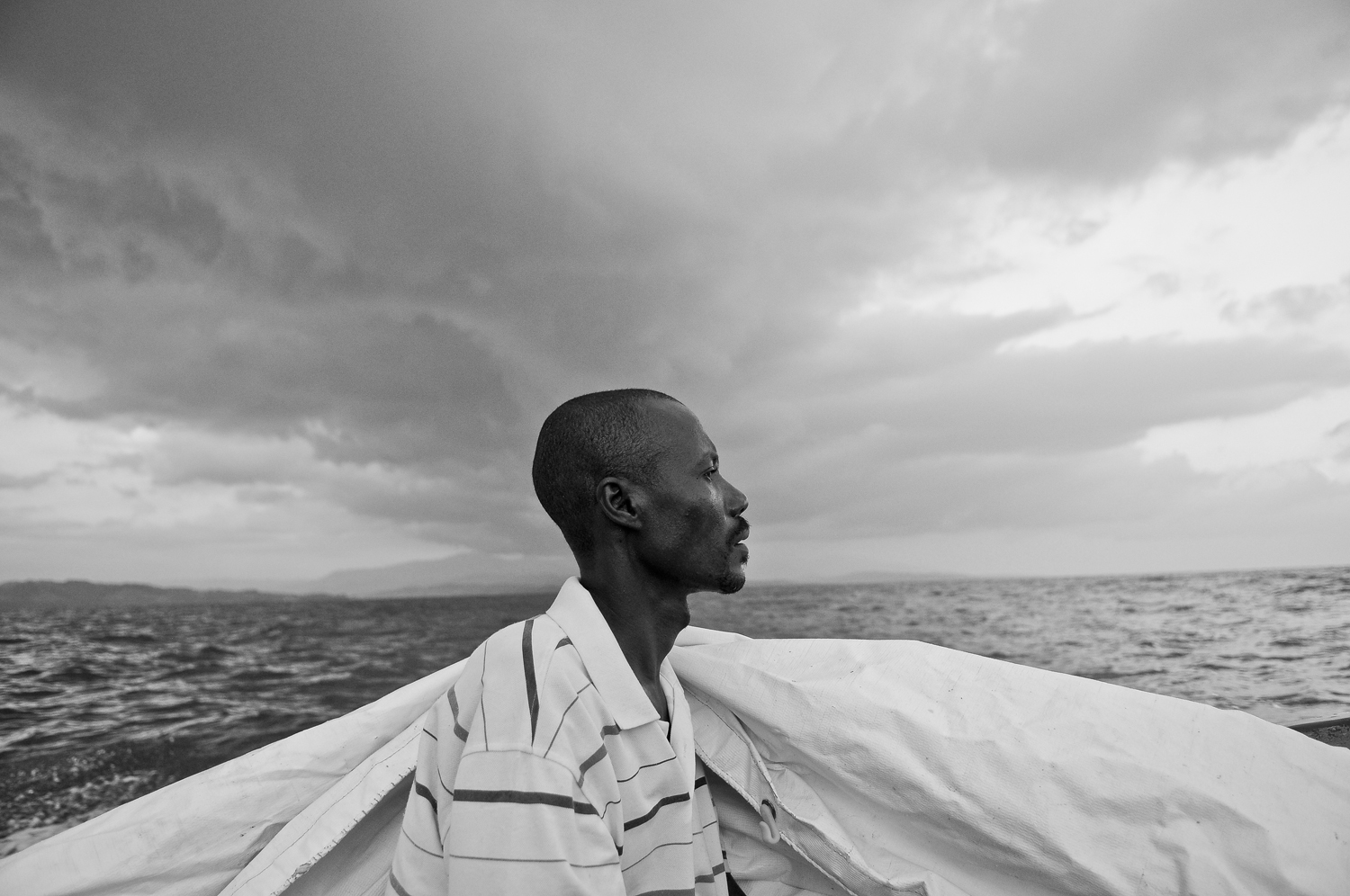At the Edge of a Primitive Life

 Jerome lives at the edge of a primitive life. His “running” water consists of a single gravity fed hose connecting a roof-top fifty gallon plastic barrel to a modern shower head in a stand-alone concrete shower stall with a floor made of sea stones smoothly set in concrete. This shower stall sits behind his stand-alone kitchen beside his “shotgun” house of six rooms and a hallway a stone’s throw from the blue bay on the island of Ile-a-Vache off the south coast of Haiti in the village of Caille-Coq. Unlike most of his neighbors Jerome and his wife Nadia cook with gas burners and not charcoal. They have limited electricity via a pair of solar panels. But these few upgrades from the grass hut society of charcoal cooking and candle light evenings surrounding this are suddenly cast in a different light when seen against the electric society of the gigantic sailer’s resort hotel of Port Morgan that can be seen from the shore in front of his house.
Jerome lives at the edge of a primitive life. His “running” water consists of a single gravity fed hose connecting a roof-top fifty gallon plastic barrel to a modern shower head in a stand-alone concrete shower stall with a floor made of sea stones smoothly set in concrete. This shower stall sits behind his stand-alone kitchen beside his “shotgun” house of six rooms and a hallway a stone’s throw from the blue bay on the island of Ile-a-Vache off the south coast of Haiti in the village of Caille-Coq. Unlike most of his neighbors Jerome and his wife Nadia cook with gas burners and not charcoal. They have limited electricity via a pair of solar panels. But these few upgrades from the grass hut society of charcoal cooking and candle light evenings surrounding this are suddenly cast in a different light when seen against the electric society of the gigantic sailer’s resort hotel of Port Morgan that can be seen from the shore in front of his house.
Jerome occupies a world in contrast and I don’t know what to make of it. Each time I visit I discover he and Nadia have made an improvement to their property. A new area of mud has been paved with smooth sea stones and concrete, or a new solar panel has been added and with it a light hung outside on the trunk of a palm tree. The improvements are always comfortable and “modern.” But the improvements never seem to change the thing that matters most–the hospitality of a home.
There is a plan to transform Jerome’s island. Some people from other countries want to “help” Haiti by developing a large marina in Jerome’s bay. Such a development would certainly erase the village of Caille-Coq. Would this be “better”? There is a plan to build an airport on the island that for now has not a single road or car (though I have heard rumor there is an old pickup truck in the village of Madam Bernard used by the Catholic Priest to transport supplies from the wharf to Sister Flore’s St. Francis Orphanage). The location of this proposed airport would eliminate most of the farmland for one region of the mountainous island and certainly be aimed at “developing” the waterfront of the majestic mountains-into-sea coastline of the island, which begs the question, “Where do the villagers and fishermen go when the hotels take their home?”
Jerome’s little improvements make his life more comfortable, but they do not take away his life. How far can “development” go before it goes too far? Is there a different way to “help Haiti” through development? Is there is smaller way to develop that follows the natural contour of life and improves peoples’ lives instead of replacing their lives?
I don’t know the answers to these questions. Neither does Jerome. But a lot of people in air conditioned rooms in far away places seem to think they know the answers.
When I watch Jerome on the little boat as we cross the great expanse of water between the mainland of Les Cayes and his home on Ile-a-Vache I can see in his face the serenity of a life not yet disturbed by the kind of “modern” that removes us from the very things we seem to seek through “development”–home. Investors, governments, and corporations, conspiring as they may, may be capable of building new cities and economies, but none have proved successful yet in giving us back or protecting what we most long for–home.